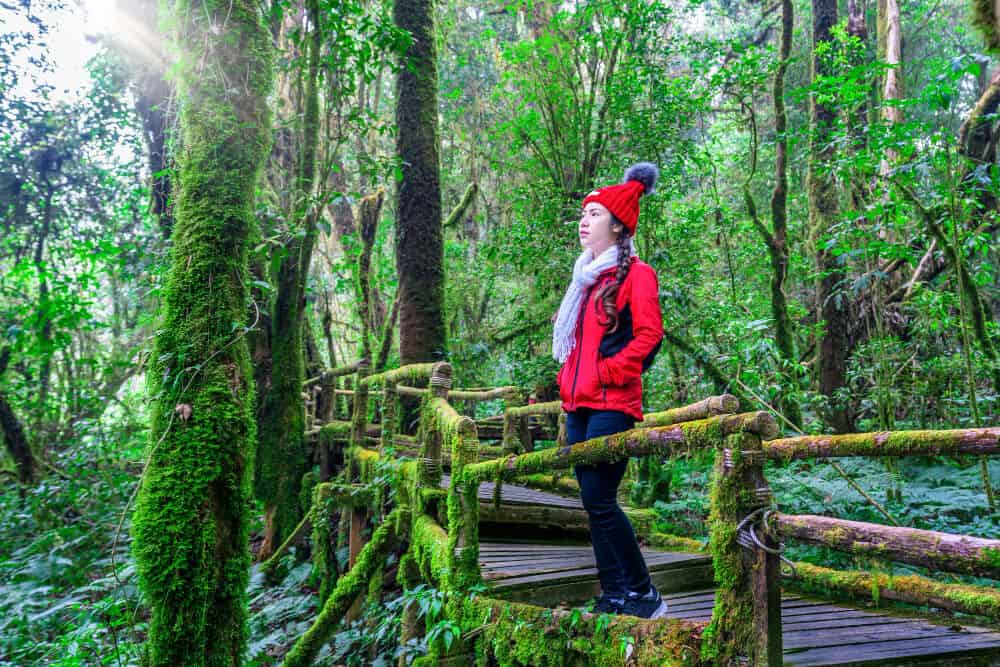
Traveling is an enriching experience that broadens our horizons, exposes us to new cultures, and creates lifelong memories. However, traditional travel methods often come with a significant environmental impact. Embracing a “Green Life Adventure” means prioritizing sustainability in all aspects of your journey, from transportation and accommodation to activities and dining. Here’s how you can have an eco-friendly adventure without harming the environment.
Plan Your Green Life Adventure
Choose Sustainable Destinations
The first step in planning a Green Life Adventure is selecting destinations that prioritize sustainability. Look for places that have strong environmental policies, protect natural habitats, and support local communities. Countries like Costa Rica, Iceland, and Bhutan are renowned for their eco-friendly initiatives and commitment to conservation.
Opt for Green Transportation
Transportation is one of the biggest contributors to carbon emissions. To minimize your impact, choose eco-friendly modes of transport whenever possible:
- Trains and Buses: These are more energy-efficient than flying or driving, especially for long-distance travel.
- Electric Vehicles (EVs): If you need to rent a car, opt for an electric or hybrid vehicle.
- Biking and Walking: For local travel, biking or walking not only reduces your carbon footprint but also allows you to explore more intimately.
- Direct Flights: If flying is unavoidable, book direct flights to reduce carbon emissions associated with takeoffs and landings.
Sustainable Accommodation
Stay at Eco-Friendly Lodgings
Accommodation can significantly impact the environment, so choose lodgings that practice sustainability:
- Eco Hotels and Resorts: These establishments often use renewable energy, have water conservation practices, and support local communities.
- Green Certifications: Look for certifications such as LEED (Leadership in Energy and Environmental Design) or Green Key when booking.
- Local Stays: Consider staying in locally-owned accommodations like guesthouses or homestays to support the local economy and reduce the environmental impact of large hotel chains.
Reduce Energy Consumption
While staying at your chosen accommodation, be mindful of your energy use:
- Unplug Devices: Unplug chargers and electronics when not in use.
- Minimize Water Usage: Take shorter showers and reuse towels.
- Use Natural Light: Open curtains during the day instead of using electric lighting.
Eco-Friendly Activities
Engage in Low-Impact Activities
Select activities that have minimal environmental impact:
- Hiking and Wildlife Watching: These activities allow you to connect with nature without harming it.
- Eco-Tours: Many destinations offer eco-tours that educate visitors on local ecosystems and conservation efforts.
- Cultural Experiences: Engage with local communities through sustainable practices such as traditional crafts and cultural performances.
Respect Nature
When engaging in outdoor activities, it’s crucial to respect the environment:
- Leave No Trace: Follow the principles of “Leave No Trace,” which include packing out all trash, staying on marked trails, and avoiding disturbing wildlife.
- Use Eco-Friendly Gear: Invest in sustainable outdoor gear made from recycled materials and eco-friendly production processes.
- Support Conservation Efforts: Donate to or volunteer with local conservation projects to give back to the places you visit.
Sustainable Dining
Eat Local and Seasonal
Food production and transportation contribute significantly to carbon emissions. Reduce your food footprint by:
- Eating Local Cuisine: Choose locally-sourced food to support the local economy and reduce transportation emissions.
- Seasonal Produce: Opt for seasonal fruits and vegetables, which require less energy to grow and transport.
- Plant-Based Meals: Incorporate more plant-based meals into your diet, as they generally have a lower environmental impact than meat-based dishes.
Reduce Food Waste
Be mindful of food consumption to minimize waste:
- Portion Control: Order only what you can eat to avoid leftovers.
- Reusable Containers: Carry reusable containers for leftovers to reduce packaging waste.
- Composting: If possible, compost organic waste instead of sending it to the landfill.
Green Life Essentials
Pack Light and Smart
Packing light reduces the weight of transportation, which in turn lowers carbon emissions:
- Multi-Use Items: Bring items that serve multiple purposes, such as a scarf that can be used as a blanket or a travel towel.
- Eco-Friendly Products: Choose biodegradable toiletries and reusable items like water bottles and shopping bags.
- Quality Over Quantity: Invest in high-quality, durable products that last longer and reduce the need for replacements.
Digital Tools
Use technology to reduce your environmental footprint:
- E-Tickets and Maps: Use electronic tickets and maps to save paper.
- Eco Apps: Download apps that help you find sustainable accommodations, restaurants, and activities.
Conclusion: Embrace the Green Life Adventure
A Green Life Adventure is not only about reducing your environmental impact but also about enriching your travel experience by connecting more deeply with the places you visit and the people you meet. By making conscious choices in transportation, accommodation, activities, and dining, you can ensure that your adventures are both memorable and sustainable.
Embrace the challenge of traveling responsibly and inspire others to follow in your footsteps. Together, we can make a significant difference in preserving our planet for future generations while still enjoying the incredible experiences that travel has to offer. So, embark on your next Green Life Adventure with confidence, knowing that you are contributing to a healthier and more sustainable world.



